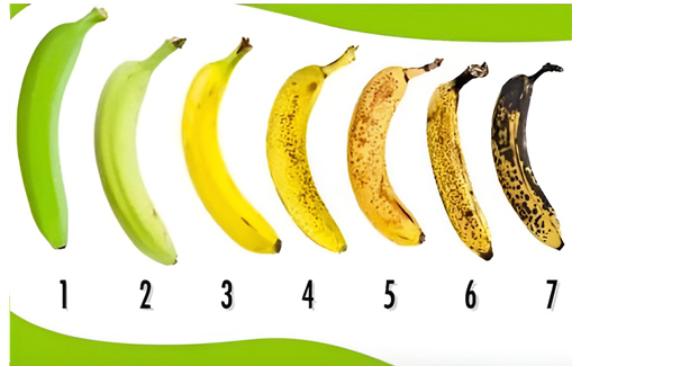At this stage, resistant starch has been transformed into natural sugars such as fructose and glucose. The yellow banana is therefore sweeter, but remains rich in fiber and antioxidants. It is generally well tolerated by the body and is a healthy and energizing snack.
Ideal for: Easy digestion, good energy intake and optimal nutritional balance.
Very ripe banana: a quick source of energy
The more a banana ripens, the sweeter and more digestible it becomes. However, its glycemic index increases, which means that its sugar is absorbed more quickly by the body. This can be problematic for diabetics, who must monitor their consumption.
Ideal for: A quick energy boost, especially before or after a sports session.
The best compromise?
A yellow banana that is slightly green at the ends. It remains digestible while retaining a reasonable amount of resistant starch and fiber.
When to eat a banana to get the most benefits?
There is no single ideal time to eat a banana, but depending on your needs, here are some recommendations:
In the morning: Perfect for starting the day with a good dose of energy.
Before or after sports: Provides quickly usable carbohydrates to improve endurance and promote muscle recovery.
In the evening: Rich in magnesium, it can help relax muscles and promote restful sleep.
Which banana to choose?
The choice depends above all on your goals:
A quick energy intake? Choose a very ripe banana.
Blood sugar control and slow digestion? Opt for a green banana.
A good nutritional balance? The yellow banana slightly green at the ends is an excellent choice.
Whatever your choice, the banana remains an essential health ally, to be enjoyed according to your needs!
ADVERTISEMENT

